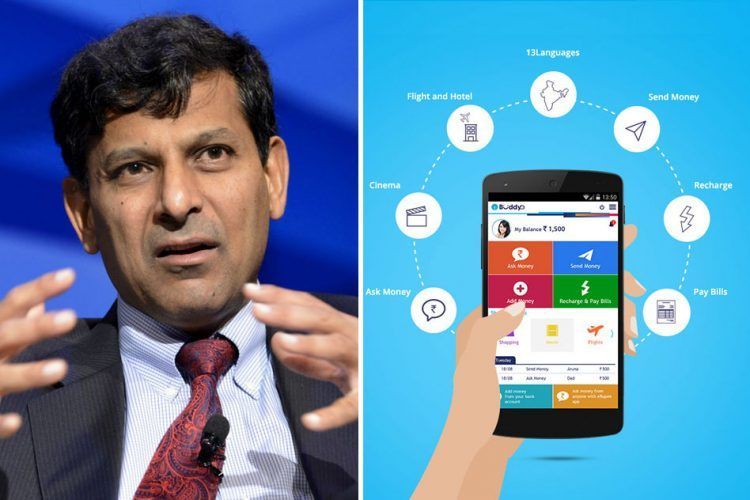Miss Alone
Prime VIP

It’s been just over two weeks since PM Modi announced demonetisation of Rs. 500 and Rs. 1000 notes, and a lot has changed in the way the country is doing transactions and business. While people with no bank accounts have been suffering the most, even people with bank accounts are queuing up in front of ATMs and bank branches. The cash crunch has also hit shopkeepers and vegetable vendors, as buyers are preferring e-commerce websites which accept online payments. While some of the vendors have started accepting payments via mobile wallets, now they have a better way to do cashless transactions. Major banks like SBI has release their UPI-enabled apps which allow people to instantly transfer money without any hassle.
What is UPI?
UPI (Unified Payments Interface) is an all-bank payments platform which allows users to instantly transfer money to any bank account without having to enter cumbersome details like account number or IFSC code. It was unveiled by then RBI governor Raghuram Rajan earlier this year to promote easy cashless transactions. One can download the UPI app of any bank and then link his/her bank account to it. The app generates a unique ID which can be given to customers for them to transfer the money directly to your bank account.
Advantages over NEFT/IMPS:
No need for details like account no, IFSC code, and then waiting for the person to be added as beneficiary.
Instant transfer.
Works 24*7, no bank holidays.
No extra charges like NEFT or IMPS even while transferring to a different bank.
Advantages over mobile wallets (Paytm, Mobikwik, etc):
Money is directly transferred to bank account from where it can be withdrawn. No virtual cash.
In Paytm, if you need to transfer Paytm cash to your bank account, you need to submit KYC form and Paytm deducts 4% of the transferred amount as charges. Whereas in UPI, most bank accounts are KYC-compliant and there are no transfer charges.
Mobile wallets need regular top-ups from a bank account, but UPI is directly linked to the account.
Mobile wallets have a monthly expenditure limit of Rs. 20,000, which is expandable to 1 lakh only by submission of KYC. UPI apps have a default upper limit of Rs. 1 lakh.
Advantage over debit/credit card:
The shopkeepers don’t need to purchase a PoS device. They need to have a smartphone.
Currently there are 20 banks which support UPI payments and have their own UPI apps:
HDFC Bank (Payzapp)
State Bank of India (SBI Pay)
Axis Bank (Axis Pay)
ICICI Bank (IMobile and Pockets App)
Andhra Bank
Bank of Maharashtra
Canara Bank
Catholic Syrian Bank
DCB Bank
Karnataka Bank
Union Bank of India
United Bank of India
Vijaya Bank
Punjab National Bank
Oriental Bank of Commerce
TJSB
Federal Bank
UCO Bank
South Indian Bank
Standard Chartered Bank India
The biggest banks of India, SBI and HDFC, have recently joined this list, and it is expected to make UPI payments more popular among people. Although UPI doesn’t solve the miseries of people without a bank account and a smartphone, still it is a powerful tool for a considerable chunk of population which is facing a shortage of cash in this period.
